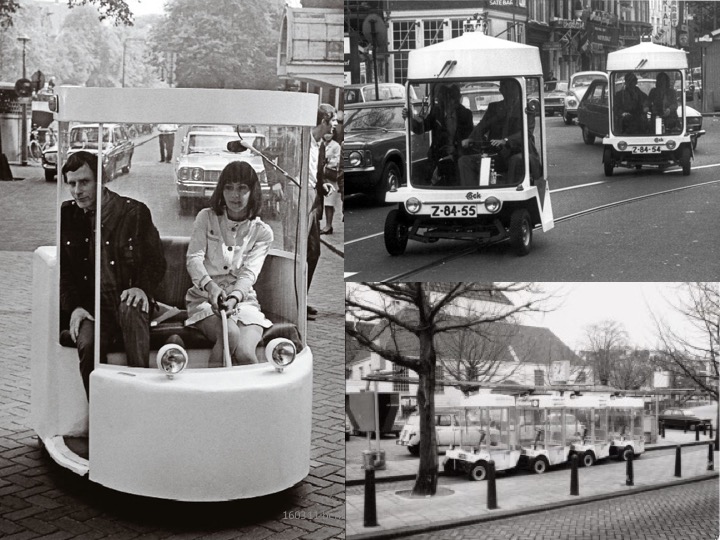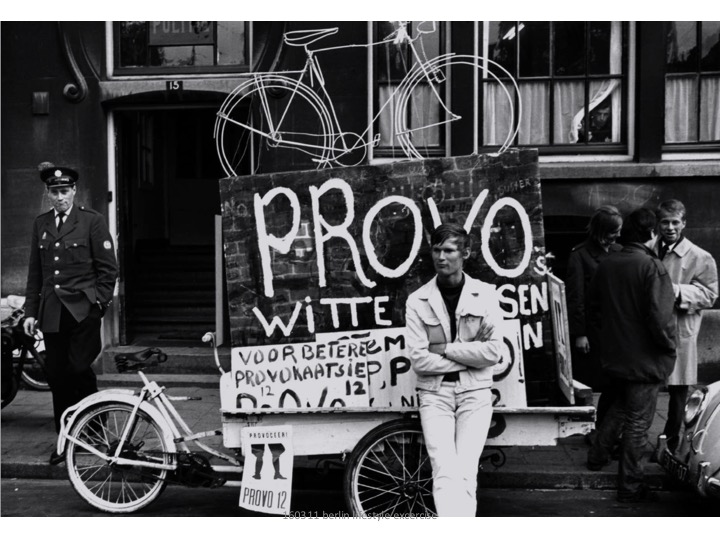
Lifestyle exercise should be a parameter for urban design. A liveable city motivates people to obtain sufficient exercise by doing daily routines. Contemporary inclusive mobility menus encourage urban design geared towards walking and cycling.
From my office on the Limmat River in Zurich to the ETH, my bike travels a height difference of 137 m. It makes my heart pound and my lungs work for 30 minutes, in harmony with scientific exercise standards. A Sisyphus task in the sense of Albert Camus: to enjoy eternally pushing a rock uphill and in doing so, to scorn the moral degeneration of the gods.
When I lived in Rotterdam and Berlin, biking was easy. The landscape is flat and there are safe bicycle lanes – contrary to Zurich and to Singapore, where I live now. Luckily for my lungs, despite the 5-fold increase in automobiles in Zurich in the past 20 years, the air pollution has been reduced by 90%. But, it is only now that Zurich is creating a system of bicycle lanes, mainly because cycling has not been safe and sharing lanes with cars is a nuisance. I hope the new system will work.
Singapore is flat, but hot and humid. I tried cycling to work, a 45-minute ride, but one has to find a balance between riding slowly in order not to sweat or fast enough to be cooled by the breeze. As in Zurich, Singapore is dangerous for cycling due to car-friendly roads without cycle lanes. But here as well, policy is changing.
In both Zurich and Singapore, cycling, and specifically electro-biking, is becoming increasingly popular, resulting in a shift in modal-split, much like what Amsterdam and Copenhagen have known for 100 years. A preview can be seen in Shenzhen, where fossil-fuelled motorbikes are forbidden.
It’s all about the already mentioned «balance between driving slowly in order not to sweat and fast enough to be cooled by the breeze». In a liveable city, best-practice urban design is about the breaking point between motivating people or demotivating them to use its infrastructure through lifestyle exercise. A subway station within 300 m walking distance doesn’t automatically attract people. It does, however, when walking to the station is attractive, comfortable and safe, laced with shops and amenities, open street-fronts, people, and a good bakery at the station.
Interfaces between Digital Space and Physical Space
Moving in a healthy way has been on the increase since the introduction of integrated mobility systems. In 1967, Amsterdam’s Provos were known for their White Plans, like the White Bike Plan and the Witkar (white cars). In the White Bike Plan, all bikes were painted white. Everyone could use them freely, take them anywhere and leave them. The plan failed because the bikes were stolen or thrown into the canals, however, it is still functioning in the National Park, Hoge Veluwe.
Another problem was that the bikes tended to converge at the railway stations in the morning, causing a huge redistribution effort. Nevertheless, the plan is the origin for current public bike systems, such as the DB-bikes in Germany, the Parisian Vélib or the Barclay-Bike in London. These systems work better because the use of the bikes is controlled by the apps, GSM and GPS.
Provo also invented the Witkar, a two-seater electric car, which could be fetched and returned at some 10 recharging stations. Witkar ran from 1974 to 1986. Despite its long charging time, the small number of stations and the distribution problems, the Witkar is the precursor of the current electric car and car-sharing systems. Ex-Provo, Luud Schimmelpennink, still works on integrated menus and pay systems to combine walking, cycling, car-sharing, taxi and public transit. Such interfaces between digital space and physical space mark the arrival of convincing and effective urban software, contrary to ‚Smart City‘ rhetoric.

Since 1 September 2003, Kees Christiaanse has been Full Professor for Architecture and Urban Design at the Institute for Urban Design at ETH Zurich. From 2010 to 2015, he was head of the Future Cities Laboratory (FCL) at the Singapore-ETH Centre (SEC) in Singapore, which investigates contemporary urbanisation processes worldwide. The FCL is now in its second 5-year programme.